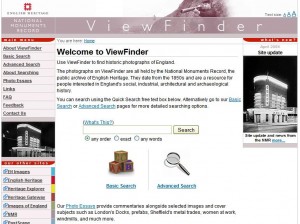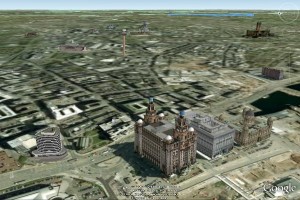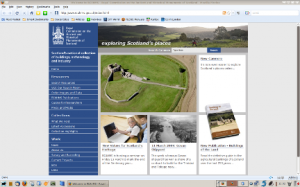Liverpool Blogs, an exhibition, and more of interest from the LHS
I’d like to start this post with a kind of ‘metablog’. I would have liked to have made that word up myself, but a quick Google proves otherwise. Either way, the Liverpool Blogs blog is a blog about blogs. Try saying that after a Cains or two. I’ve only just discovered this site, and not had time to explore fully, but if you ever want to read more about Liverpool, then it’s the place to start.
The latest post as of this writing is a profile of the Scandinavian Church on Park Lane, which blogs at Save the Scandinavian Church in Liverpool. This site charts the events held at the church, and the ongoing efforts to keep this church in Liverpool. Apparently the mother church in Uppsala, Sweden wants to move the church to somewhere else in the world! The blog also posts in Swedish, so is certainly the real deal in terms of Scandinavian culture on Merseyside. Certainly a site of interest to readers of Liverpool Landscapes.
As for Liverpool Blogs, I’d recommend having a search through their links. If you’re a Liverpool blogger yourself, get in touch with them. I’ve no doubt I’ll be linking to this site in the future, and keeping an eye on it for new and interesting blogs!
Of interest to us Landscapophiles (a word I definitely just invented) is the Liverpool Echo’s Love Where You Live photo competition. The Echo is looking for images that demonstrate why you love where you live, but also illustrate the importance of caring for the environment. Two shots from Flickr have been uploaded as examples. There is also a secondary category for shots of people “who make a difference”.
The Feeling Listless blog discusses a new exhibition, Building Merseyside: A Contemporary Interpretation of the Architecture of Liverpool and the Surrounding Area, taking place at St. George’s Hall. The exhibition includes photography, sculpture and painting. The author, Stuart Ian Burns (the only Stuart Ian Burns around), makes a few good side notes on the fun of looking up at the buildings you might only ever consider to be shop fronts for HMV, Bhs or Dixons if you kept your eyes to ground level.
Finally, if you’re historically minded and you still haven’t looked at the Liverpool History Society Quetions blog, then do yourself a favour and go and have a look. Recently there have been three interesting posts about Liverpool’s urban archaeology: Botanic Gardens Wavertree, Martin’s Bank and St James Cemetary (sic) Tunnel.
In case you’re wondering, the Martin who asked the question is not me. And neither is the Martin of Martin’s Bank. Never mind.







